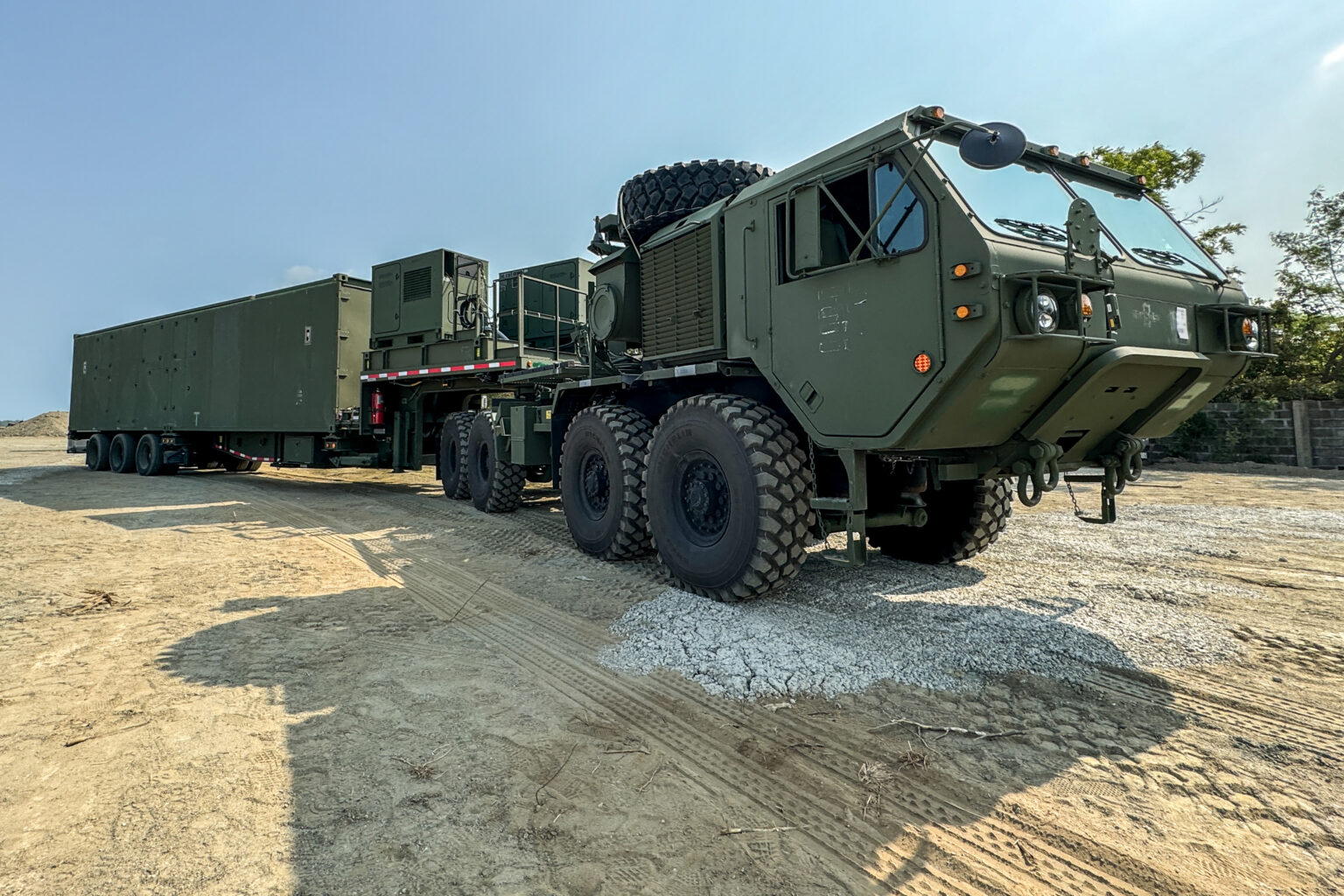The Philippines will train its soldiers with a United States medium-range missile system next month, which China has opposed the weapon’s deployment in the American ally.
Newsweek has reached out to the U.S. Indo-Pacific Command for comment by email. The Chinese Defense Ministry did not immediately respond to a request for comment.
Why It Matters
The Mid-Range Capability (MRC) missile system can fire the Tomahawk cruise missile and the Standard Missile 6, with respective ranges of 1,000 and 290 miles. The former hits targets at sea and on land, while the latter can perform anti-air and anti-surface missions.
The U.S. Army deployed an MRC, also known as Typhon, to the Philippines last April for drills, but it was decided to keep it there “indefinitely.” The Chinese Foreign Ministry said last week that the U.S. missile system’s deployment is a “highly dangerous move.”
What To Know
Colonel Louie Dema-ala, spokesperson for the Philippine army, announced on Tuesday that 20 soldiers, who are assigned to an artillery regiment, will train with their American counterparts, the U.S. Army Pacific’s First Multi-Domain Task Force, in mid-February.
The First Multi-Domain Task Force operates the Typhon, with the deployment of the missile system aiming to enhance the Philippine maritime defense capabilities, as well as bolster military cooperation and readiness within the U.S.-Philippine security alliance.
The U.S. has signed a security treaty with the Philippines that comes with mutual defense commitments. Beijing has territorial disputes with Manila in the South China Sea, which often lead to confrontations at sea between their coast guards and navies.
The subject of the training will be the Typhon’s “payload delivery system” to highlight its capabilities, the spokesperson added, who emphasized that this would not include live-fire exercises. Manila revealed last November that it was considering purchasing the Typhon.
The training came after the Typhon was relocated from its original site, Laoag airfield on the island of Luzon in the northern Philippines, to another location on the island, Reuters reported last week. The Tomahawk missiles can hit eastern and southern China from Laoag.
According to the Philippine GMA News Online, the country’s army is scheduled to hold a realistic wartime operations simulation in March, which aims at preparing soldiers for other drills, including the Salaknib and the Balikatan that are conducted with U.S. forces.
What People Are Saying
Philippine army spokesperson Colonel Louie Dema-ala said at a press briefing on Tuesday: “The second iteration of the subject matter expert exchanges (SMEE) with the MRC and between the [U.S. Army Pacific] and the [Philippine] Army Artillery Regiment is focused on the payload delivery system and the continuation of what we have learned in the first iteration of the SMEE.”
Chinese Foreign Ministry spokesperson Mao Ning said at a press conference on January 23: “We once again call on the Philippines to heed the call from regional countries and their peoples, correct the wrongdoing as soon as possible, quickly pull out the Typhon missile system as publicly pledged, and stop going further down the wrong path.”
What Happens Next
China is likely to continue to raise objection to the Typhon’s deployment. It remains to be seen whether the missile system will conduct live-fire tests in the Philippines in the future.
Read the full article here














